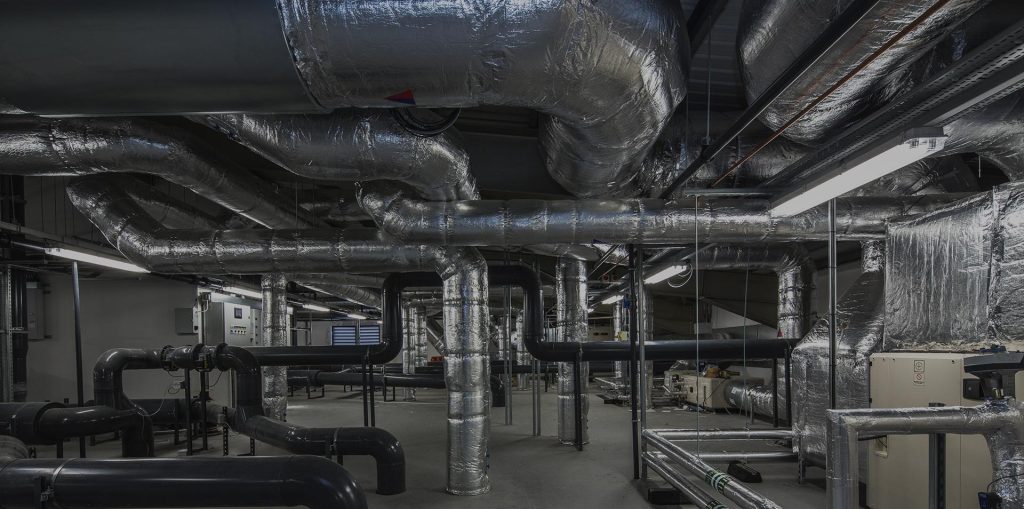We’ve already touched on the importance of mechanical and electrical fixtures and how you should go about selecting them for your laboratory here. However, once you’ve chosen these elements, ensuring they’re properly maintained and fully functioning is crucial for the smooth running of your laboratory and its daily duties.
That’s why we’ve created this comprehensive guide to maintaining your laboratory’s mechanical and electrical equipment, or M&E, including how to approach some of the key issues regarding M&E maintenance, and the most important precautions you should take when working with either kind of equipment in your laboratory.
Quick Navigation:
What is M&E?
An essential part of any laboratory’s design, M&E refers to mechanical and electrical systems used in your facility. Mechanical systems can include elements of infrastructure, heating and ventilation, while electrical systems encompass power supply and distribution, telecommunications, computing instrumentation and control systems, among other things.
As a result, there’s a high degree of overlap, with many systems including both mechanical and electrical components – hence the term M&E.
In a laboratory environment, M&E is needed to correctly put in place components such as air conditioning and air systems, gas systems, and heating systems to name but a few. For more details on M&E and how Interfocus can help, take a look at our dedicated page.
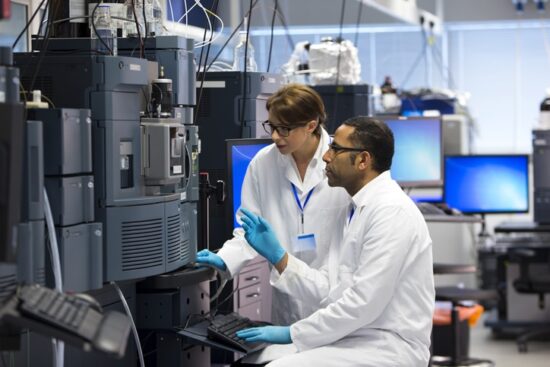
Best practices for M&E maintenance
To help with the maintenance of M&E and the smooth running of your laboratory, keep the following best practices in mind:
Use simple, standard equipment
While the most sophisticated equipment may sound nice in theory, it doesn’t necessarily translate to the greatest productivity and output. It’s sometimes easier to simplify your equipment as much possible in an economic and convenient way.
Keep a system for record-keeping
Routine maintenance is hugely important when it comes to preserving and prolonging the efficacy of your M&E equipment. Keeping a record of your equipment as well as the frequency of your maintenance is an easy way of keeping track of your progress. It also helps you identify which equipment and fixtures need more attention, and at what intervals things require maintenance – preventing future breakdowns which could prove costly.
Maintenance planning
The frequency of your maintenance should be discussed with the relevant people in a way that won’t interfere with the daily requirements of your laboratory. Precise planning and organisation are key, and will need to be made clear before any actual maintenance takes place.
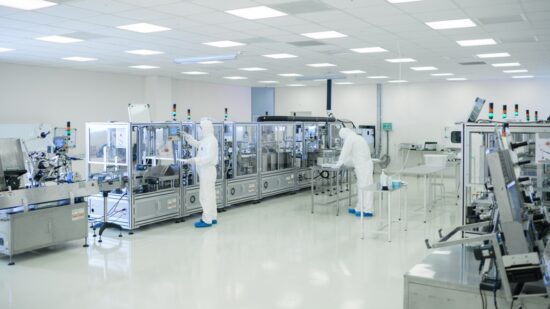
Ensuring cost-efficient maintenance
Safety inspections will need to be carried out regularly; your maintenance schedule should be both practical and economical. Remember, it isn’t always easy to avoid delays when carrying out routine safety maintenance, so be sure to prioritise certain equipment.
Anything that can be repaired without delay to productivity and output is usually not a problem. Figuring out which pieces of equipment will create delays and when they should be maintained is going to be more of an issue, so it’s crucial that these are identified ahead of time.
Upgrading your equipment
One of the best ways to be more efficient is by switching or upgrading to more energy-efficient equipment. Try some of the following:
– Change bulbs to energy-saving bulbs
– Use electronic systems
– Make use of high-efficiency motors for machinery that may require heavy-duty work
– Opt for variable speed drive (VSD) devices in your fans and pumps for more efficient flow control
Always remember to take into account the cost of replacing machinery, as well as if any existing machinery has an appropriate and efficient machine life that won’t negatively impact your laboratory.
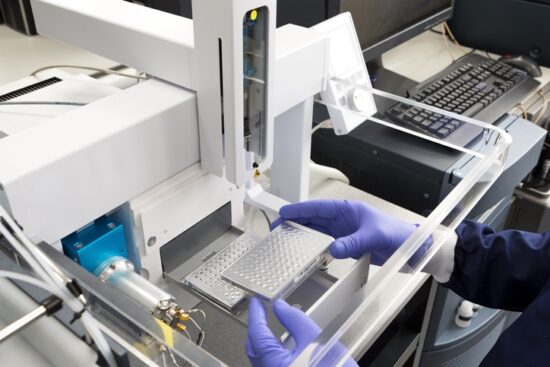
Precautions to take when maintaining M&E equipment
Electrical cords
- All electrical cords should be insulated properly
- Inspect all electrical cords monthly, especially those located in areas where flooding may occur
- Have qualified personnel replace frayed/damaged cords before any further use of the equipment takes place
Circuitry
- Isolate electrical equipment and power supplies so that accidental contact with power circuits is not possible
- Suitable barriers or enclosures to further protect against accidental contact with electrical circuits should be used when conducting experimental setups
Flammable materials
- Explosion-proof lighting and electrical fixtures are required when using large amounts of flammable solvents
- Electrical equipment and fixtures that meet the relevant codes and regulations are the responsibility of the lab owner
Non-laboratory electrical equipment
- Ordinary electrical equipment like vacuum cleaners and portable electric drills that feature series-wound motors must not be used in your lab when in the presence of flammable vapours
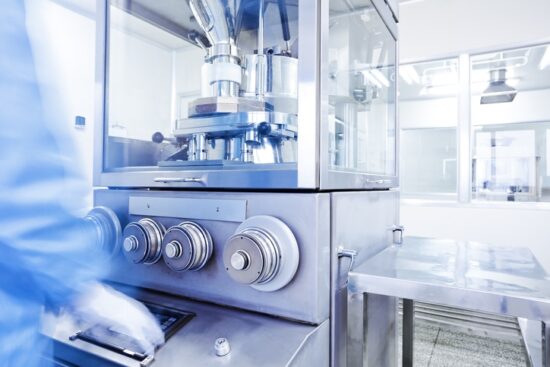
Water & chemical spills
- In the event of any water or chemical spills on electrical equipment, the power should be shut off immediately at a main switch or circuit breaker
- Said apparatus should also be unplugged using insulated rubber gloves
Condensation
- Cold rooms are a particular risk due to the atmosphere being at high relative humidity, creating greater chance for water condensation
- Electrical equipment placed in cold rooms should be mounted on a wall or vertical panel to reduce these effects
- Condensation can also cause electrical equipment to overheat, smoke or catch fire. If this occurs, shut off the equipment’s power at a main switch of circuit breaker immediately. Unplug the equipment using insulated rubber gloves following this
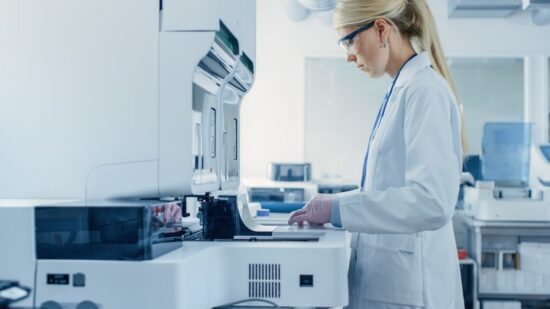
General safety precautions
- Always unplug equipment before making any adjustments, modifications or repairs
- When handling equipment that is plugged in, ensure your hands are dry, and wear non-conductive gloves and shoes with insulated soles, if possible
- Inform lab staff of the location and operation of power shutoffs, including main switches and circuit breaker boxes for the areas in which they work
- Only qualified personnel wearing personal protective equipment are allowed to open these switches and circuit breakers
- Lab staff should also be trained in alternative power shutoffs, such as crash buttons and the ready access to equipment power cord plugs
- Any electrical systems that have been modified or had equipment fail should not be used again until they have been cleaned and properly inspected
This section was written in line with the best-practice advice noted in the paper Prudent Practices in the Laboratory: Handling and Management of Chemical Hazards: Updated Version which can be read in full here.
InterFocus can help you build the laboratory that’s perfect for you and your team. For more information about our bespoke fitted labs, visit our homepage or call our team on 01223 894 833.
